
Trieste is a city and seaport in northeastern Italy. It is the capital city, and largest city, of the autonomous region of Friuli Venezia Giulia, one of two autonomous regions which are not subdivided into provinces.

The Republic of Venice or Venetian Republic, traditionally known as La Serenissima, was a sovereign state and maritime republic in parts of present-day Italy that existed for 1100 years from AD 697 until AD 1797. Centered on the lagoon communities of the prosperous city of Venice, it incorporated numerous overseas possessions in modern Croatia, Slovenia, Montenegro, Greece, Albania and Cyprus. The republic grew into a trading power during the Middle Ages and strengthened this position during the Renaissance. Citizens spoke the still-surviving Venetian language, although publishing in (Florentine) Italian became the norm during the Renaissance.

Giovanni (Ivan) Biagio Luppis Freiherr von Rammer, sometimes also known by the Croatian name of Vukić, was an officer of the Austro-Hungarian Navy who headed a commission to develop the first prototypes of the self-propelled torpedo.

The Libro d'Oro, originally published between 1315 and 1797, is the formal directory of nobles in the Republic of Venice. It has been resurrected as the Libro d'Oro della Nobiltà Italiana, a privately published directory of the nobility of Italy. The book lists some of Italy's noble families and their cadet branches.

The House of Gabrielli is the name of an old and influential feudal Italian noble family from Gubbio, a town in Umbria.

Giambattista Pittoni or Giovanni Battista Pittoni was a Venetian painter of the late Baroque or Rococo period. He was among the founders of the Academy of Fine Arts of Venice, of which in 1758 he became the second president, succeeding Tiepolo.
The Italian word luogotenente is an etymological parallel to lieutenant, deriving from the Latin locum tenens "holding a place", i.e. someone who fills a position instead of another, as a substitute, deputy, et cetera.
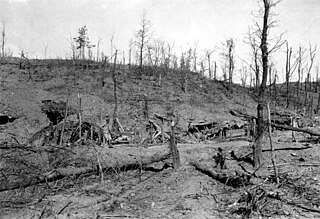
The Battle of Asiago(Battle of the Plateaux) or the Südtirol Offensive (in Italian: Battaglia degli Altipiani), nicknamed Strafexpedition ("Punitive expedition") by the Austro-Hungarian forces, was a major counteroffensive launched by the Austro-Hungarians on the territory of Vicentine Alps in the Italian Front on 15 May 1916, during World War I. It was an "unexpected" attack that took place near Asiago in the province of Vicenza (now in northeast Italy, then on the Italian side of the border between the Kingdom of Italy and Austria-Hungary) after the Fifth Battle of the Isonzo (March 1916).
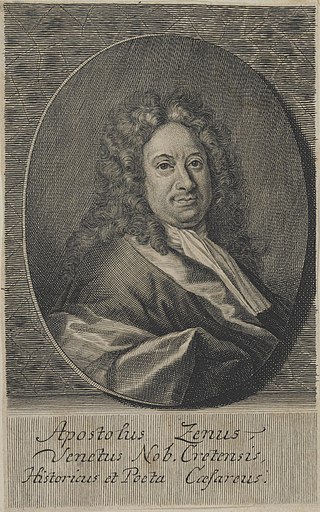
Apostolo Zeno was a Venetian poet, librettist, journalist, and man of letters.

Pozzuolo del Friuli is a comune (municipality) in the Italian region Friuli-Venezia Giulia, located about 60 kilometres (37 mi) northwest of Trieste and about 10 kilometres (6 mi) southwest of Udine.
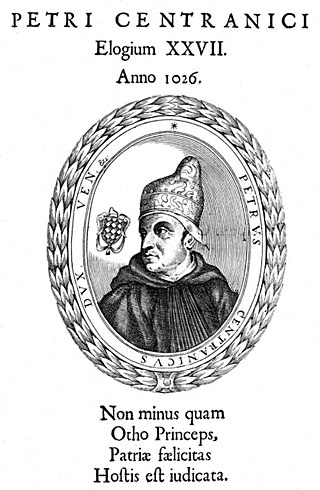
Pietro Barbolano was the 28th Doge of Venice. Reportedly a descendant of the legendary Eraclea, he was elected by the assembly of the nobles after the deposition of his predecessor, Otto Orseolo. The dates of his birth and death are unknown.
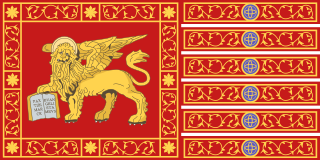
Venetian Albania was the official term for several possessions of the Republic of Venice in the southeastern Adriatic, encompassing coastal territories primarily in present-day southern Montenegro and partially in northern Albania.
Venice, which is situated at the north end of the Adriatic Sea, was for hundreds of years the richest and most powerful centre of Europe, the reason being that it gained large-scale profits from the adjacent middle European markets. Venice was the major centre of trade with the Arabs and indirectly the Indians during the Middle Ages. It also served as origin of the economic development and integration of the rest of Europe during the Middle Ages.

Francesco Moraglia is an Italian prelate of the Catholic Church. He has been Patriarch of Venice since March 2012; he is the first native of Genoa to hold that position. He was bishop of La Spezia-Sarzana-Brugnato from 2008 to 2012.
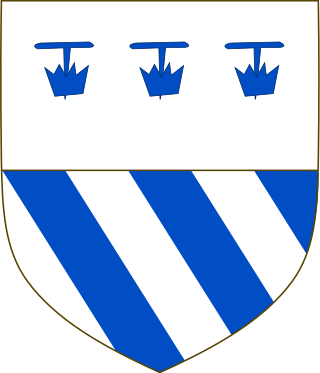
The House ofMòro is a patrician family of the Republic of Venice and one of the founding families of the city in 421.
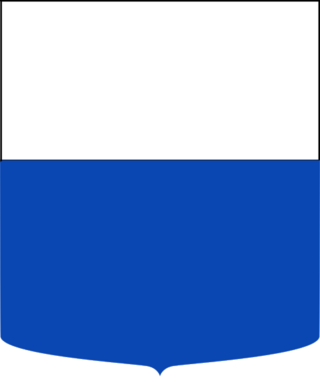
The Zulian family was an old Venetian noble family. The place from whence the Zulian came to Venice is unclear; however, the family is considered one of the first that moved to Venice, and thus one of the oldest Venetian and Italian noble families. The family produced tribunes, and in the early 8th century gained dukedom, as a family member rose to the position of Maestro dei cavalieri. The family produced several prominent Venetian figures, including statesmen, generals, patrons and magnates.
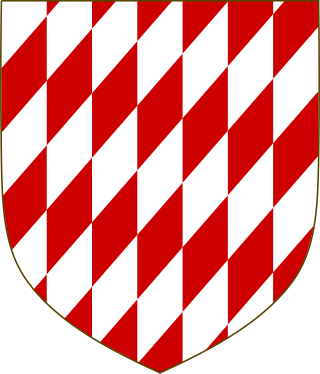
The Salamon family - sometimes Salomon or Salomoni - was a patrician Venetian noble family of ancient but uncertain origin, counted among the so-called “Case Vecchie” of the Republic of Venice.

The Venetian patriciate was one of the three social bodies into which the society of the Republic of Venice was divided, together with citizens and foreigners. Patrizio was the noble title of the members of the aristocracy ruling the city of Venice and the Republic. The title was abbreviated, in front of the name, by the initials N.H., together with the feminine variant N.D.. Holding the title of a Venetian patrician was a great honour and many European kings and princes, as well as foreign noble families, are known to have asked for and obtained the prestigious title.

Longhi is an Italian surname of ancient origin, initially spelled as Longo, of which Longhi is plural. Some groups gained great power in the Middle Ages and into the modern era, holding dozens of titles of nobility and vast estates in north-central Italy. The surname appears in many dialectal variants, such as Longis, Longoni, Longa, Longhù, Longi, Longu and others. In addition to the Longus, the plural Longi is usually found in Latin texts. However, since in Italian longo means "long", "tall", "ancient" or "long", and is a word of common usage, it is likely that many of the numerous groups scattered throughout Italy had independent origins.


















